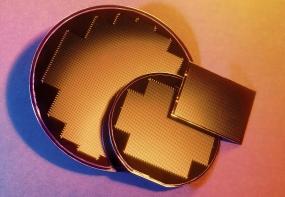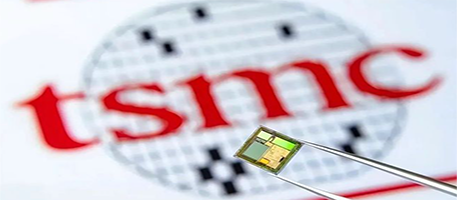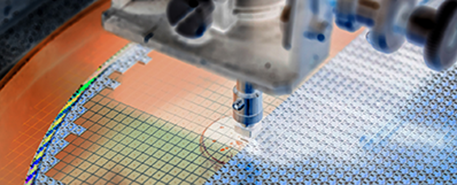The semiconductor market, which had been booming for automotive chips, began to show signs of slowing growth.
Recently, foundry United Electric said that it is expected that in the second half of this year, customers in the fields of communications, consumer electronics and computers, inventories will return to past seasonal levels and reach a healthy level by the end of the year, but the terminal demand for vehicles continues to be weak, and it is expected that inventory adjustment time will be extended, and it is expected to return to a healthy level in the first quarter of next year. TSMC, another foundry, warned of a possible decline in the car market this year, despite a 5 per cent quarter-on-quarter increase in revenues from its automotive electronics terminal business in the second quarter, according to its latest earnings report.
At the same time, Texas Instruments, stmicroelectronics, and NXP, the three automotive chip leaders, all reported a decline in revenue in the latest financial report, which also reflects the weak growth of the automotive chip market. Among them, Texas Instruments' revenue in the second quarter of this year was 3.82 billion US dollars, down 16% year-on-year, and sales of industrial and automotive business units fell again. St revenue of $3.23 billion, down 25.3% year-over-year, as lower-than-expected automotive revenue offset higher sales in the personal electronics business; NXP revenue in the second quarter was $3.13 billion, down 5.2% from the same period last year, and automotive revenue in the second quarter was $1.728 billion, down 7.4% from the same period last year.
Previously, Semiconductor Intelligence data showed that the automotive semiconductor market size reached $67 billion in 2023, an increase of 12% from 2022.
Although the automotive chip market growth is relatively strong in 2023, the industry believes that due to the overall automotive terminal market development is not as expected, and some automotive chip overcapacity, the automotive semiconductor market will enter a slowdown in 2024, and the growth rate will drop to single digits in the next few years.
Data show that automotive semiconductors CAN be roughly divided into micro-control MCU, computing chips (CPU, GPU, NPU, etc.), sensing chips (radar, image sensors, photoelectric sensors, etc.), memory chips (memory, flash memory, etc.), communication chips (CAN bus chips, connection chips, etc.) and power chips (IGBT, silicon carbide, etc.) and others.
The industry said that the current MCU and other chips are facing greater inventory pressure due to the decline in automotive terminal demand, but power chips and autonomous driving chips are still in tight demand under the wave of vehicle electrification and intelligence. Therefore, the automotive semiconductor market will slow down in the short term, but in the long run, with the continuous popularity of electric vehicles and smart cars, silicon carbide and autonomous driving chips gradually "get on" applications, the future automotive chip market still has momentum for development.








